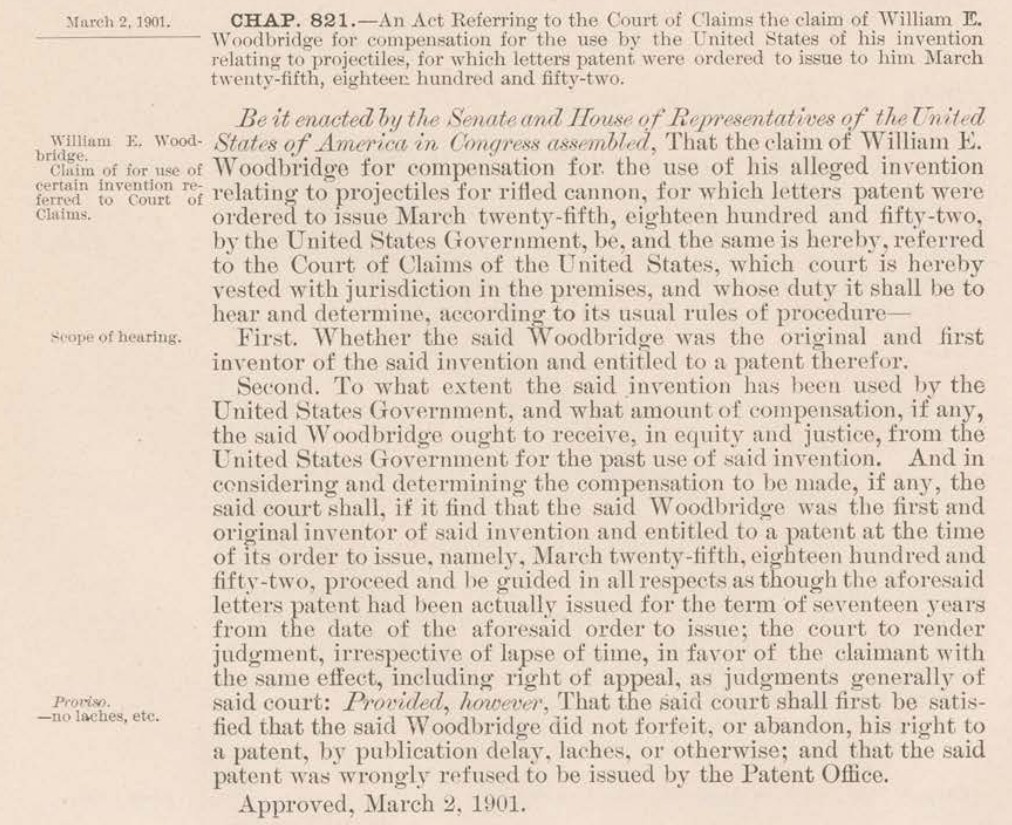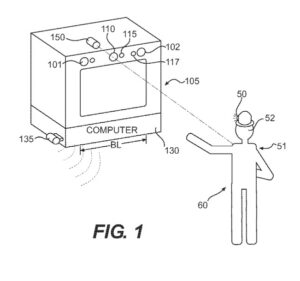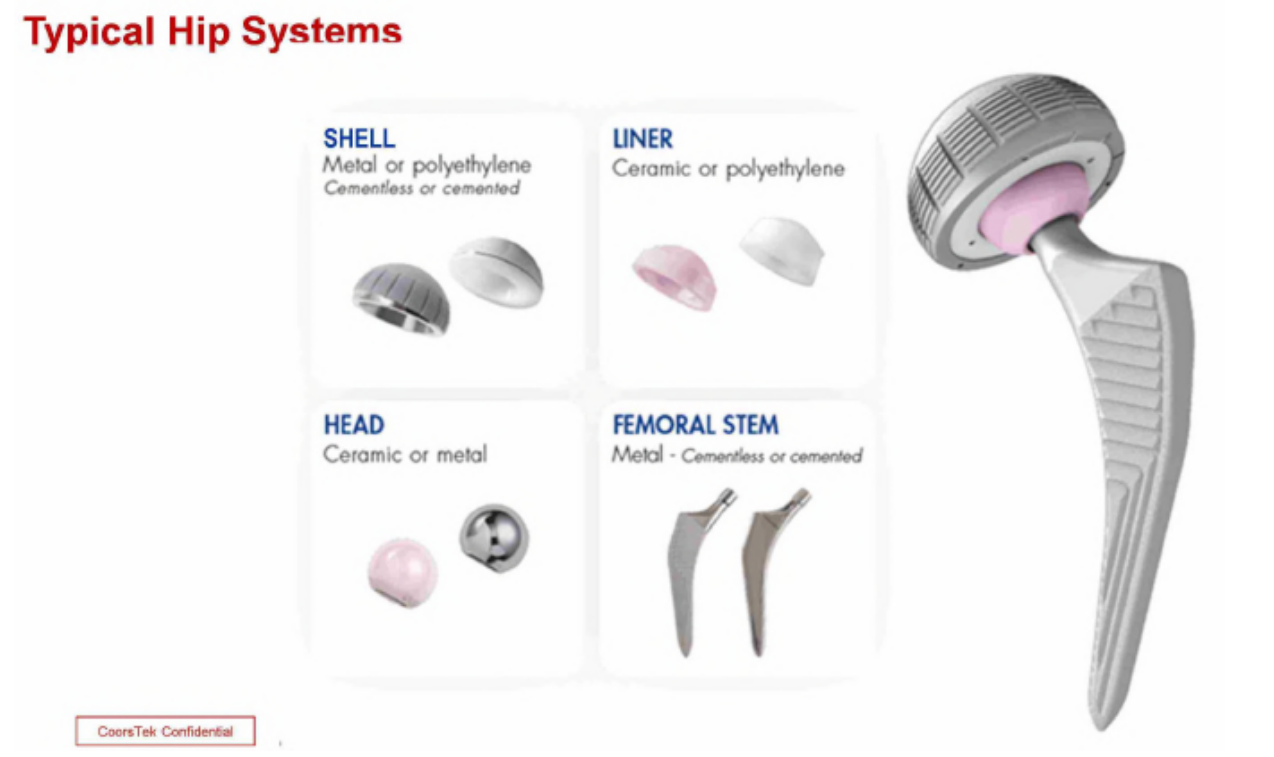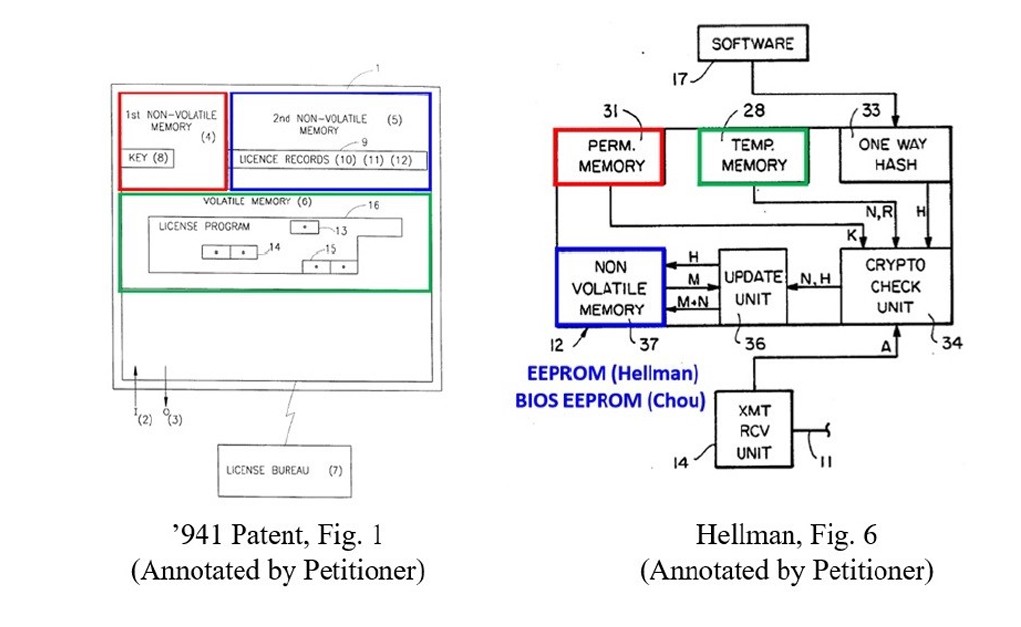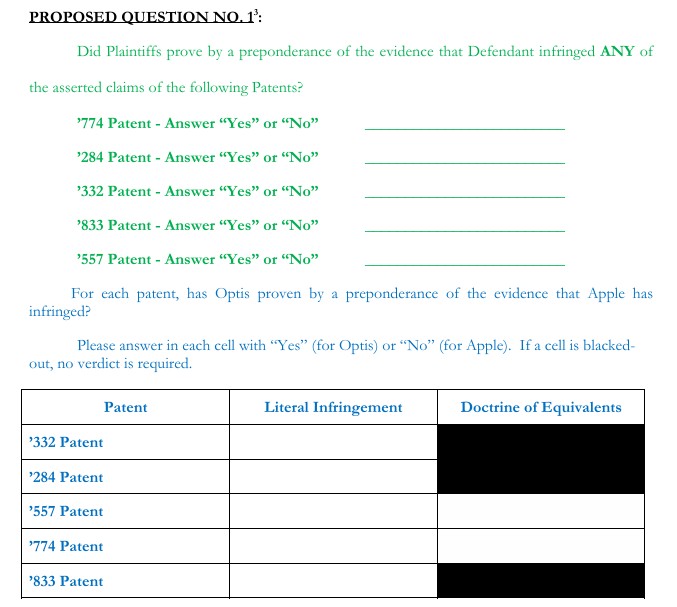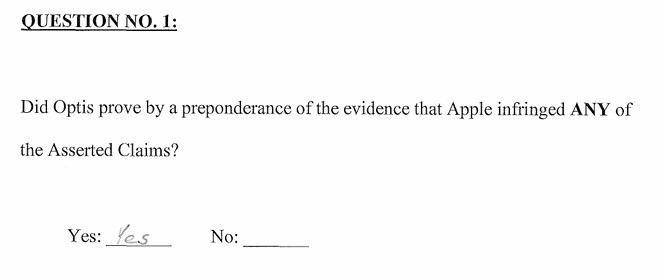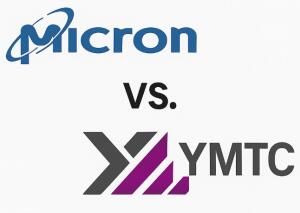by Dennis Crouch
The Supreme Court recently issued a Call for the Views of the Solicitor General (CVSG) in the “skinny label” inducement case, Hikma v. Amarin. I expect the CVSG brief will be filed in late fall by the Trump-appointed Solicitor General (currently D. John Sauer). Behind the scenes lobbying will be ongoing between the Republican populists (seeking lower drug prices) and more traditional Republicans (promoting innovator businesses).
At issue is Hikma’s generic version of Amarin’s Vascepa (icosapent ethyl). Initially approved to treat severe hypertriglyceridemia (SH), Amarin subsequently secured FDA approval and patent protection for using Vascepa to reduce cardiovascular (CV) risk, a second indication constituting the majority of sales. Hikma launched its generic with an FDA approved “skinny label” explicitly carving out the patented CV. Doctors have a strong incentive to prescribe the generic version for the patented CV use due to significantly lower costs, leading to broader patient access. Additionally, insurers and pharmacy benefit managers actively encourage or require the use of lower-priced generics whenever available, further motivating physicians to prescribe generic alternatives for patented indications. We also know the unpatented SH use is closely related to the patented CV use. Severe hypertriglyceridemia (very high triglyceride levels) typically coincides with increased cardiovascular risk.
Background Materials:
- Dennis Crouch, Amarin v. Hikma: Federal Circuit Reverses Inducement Dismissal in Skinny-Label Case, Patently-O (June 25, 2024);
- Dennis Crouch, Rehearing Requested: Hikma Challenges Federal Circuit’s Skinny Label Ruling, Patently-O (Aug. 26, 2024);
- Dennis Crouch, Generic Drugs, Skinny Labels, and Liability for Off Label (Infringing) Use, Patently-O (Feb. 18, 2025).
- Jacob Sherkow and Paul Gugliuzza, Infringement by Drug Label, 78 Stanford Law Review ___ (forthcoming 2026).
Amarin’s infringement lawsuit was initially dismissed by the district court, but the Federal Circuit reversed, holding that Amarin plausibly alleged induced infringement by Hikma. Despite the skinny label, the court pointed to Hikma’s statements describing its product as a “generic version” of Vascepa, press releases citing total sales dominated by the patented use, and removal of certain disclaimers in its label, concluding that collectively these actions could actively encourage infringement by healthcare providers.
This scenario exemplifies the “label-plus” theory of inducement, wherein a generic drug’s label alone, even if it suggests infringing use, cannot constitute infringement because it falls within a congressionally authorized regulatory scheme. However, when a generic label closely aligns with an infringing use and is combined with additional active steps, inducement liability may arise. In my view, the label itself is not part of the active step, but instead creates the underlying fragile conditions that make it easy to induce infringement. In Hikma’s case, Federal Circuit concluded these active steps involved explicitly highlighting parallels to the branded drug Vascepa—such as marketing it as a “generic version” and emphasizing sales data strongly associated with the patented cardiovascular use—while omitting any explicit mention of the label’s carve-out. Note here that this was all at the motion-to-dismiss stage of the case; Amarin has not yet proven infringement but has alleged enough to allow the case to proceed into discovery. (more…)
